Biden’s Battle Against Vaccine Hesitancy
In his Joint Address to Congress, President Biden averred that he was “marshalling every federal resource” to vaccinate the population and put an end to the coronavirus pandemic. But recent polls underscore the uphill climb facing the administration in the battle against vaccine hesitancy: They report that 40 percent of Americans remain unsure about getting the shot or are entirely unwilling—and those numbers spike to nearly 50 percent when surveying Republicans, while fewer than 1 in 4 unvaccinated Americans say they would take the shot made by Johnson & Johnson.
The administration seems to understand that to successfully fight the pandemic they have to fight the infodemic, as the World Health Organization has termed it. Lessons learned from the Ebola effort—when the Centers for Disease Control and Prevention (CDC) conducted enhanced training for frontline workers, and the federal government placed a primacy on federal, state, and local coordination—are being applied in a sophisticated strategy of empowering trusted local sources:
- The U.S. Department of Health and Human Services (HHS) and CDC started giving $3 billion in mid-March to local health departments and community-based organizations.
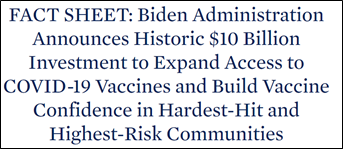
- The HHS launched the COVID-19 Community Corps, a grassroots network of community organizations and trusted institutions to help encourage vaccinations.
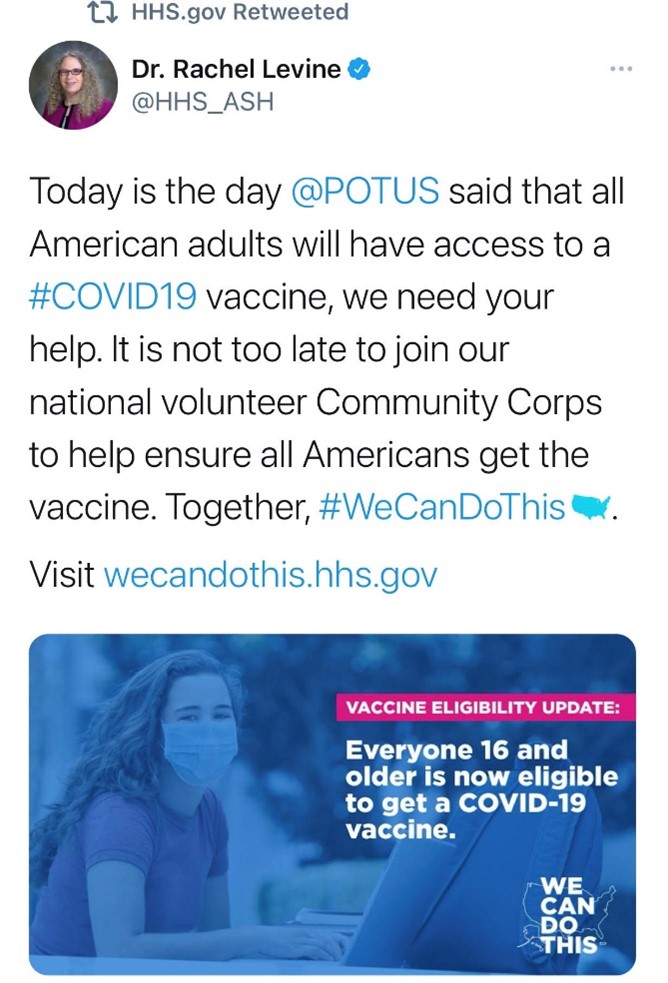
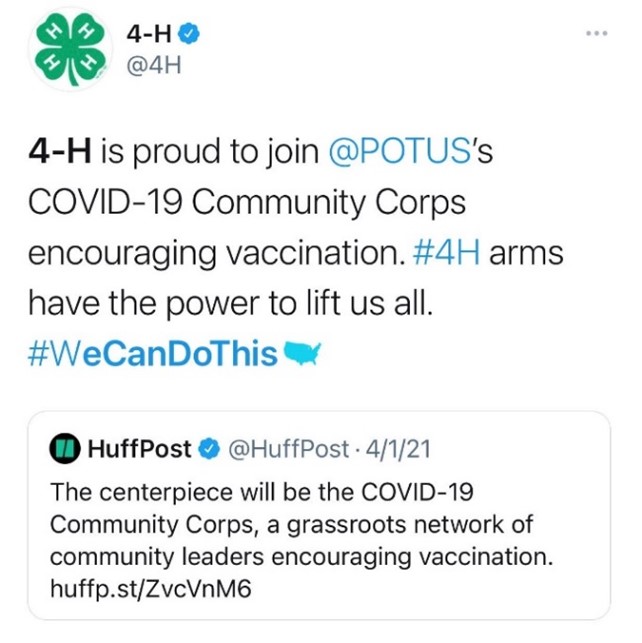
- $500 million has been allocated to recruit local leaders and community organizations to encourage vaccine uptake and equitable distribution


- The CDC has held briefings with local leaders about building trust in their communities and rolled out assessment guides helping state and local health departments discover what is influencing vaccine confidence on the ground.
- National Institutes of Health Director Francis Collins has been reaching out to evangelicals
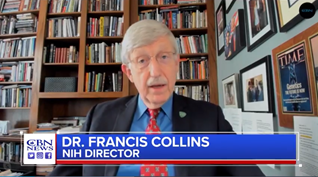
The administration has also adopted the FDR fireside chat approach of providing the truth straight from the top. Both President Joe Biden and Vice President Kamala Harris starred in public service announcements and sat for interviews. The president filmed a direct-to-camera PSA for dissemination on digital platforms and the vice president participated in social media publicity.
They have amplified these messages on traditional and digital media:
- They have earmarked $1.5 billion for ad buys across different mediums, targeting young people, people of color, and conservatives on top of a cooperative $50m Ad Council, COVID Collaborative, HHS, and CDC campaign.
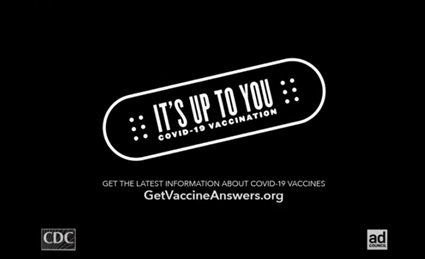
- Dr. Fauci, Xavier Becerra, and Vivek Murthy are doing media appearances; Dr. Fauci will go on Snapchat.
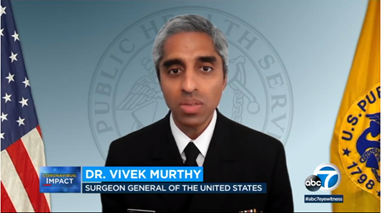
- The administration will partner with Twitter and Facebook to send push notifications informing users of their vaccine eligibility.
- HHS is launching a new series, featuring conversations, Instagram Live Q&As, and social media account takeovers that will amplify medical experts and pair them with prominent influencers.
- HHS released new social media profile frames, which Facebook is promoting in its News Feed and encouraging influencers to use.

This strategy for combatting the infodemic can form a foundation for a broader effort to increase the country’s information resilience by partnering with civic leaders and local anchor organizations to get their message out, building civic amplification networks that can together form a stronger civic information infrastructure.
